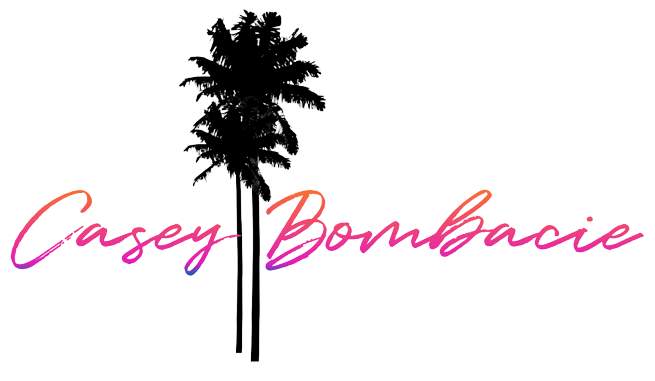My Process
Refined over a decade.
A symphony has a defined start and stop. Every chair has its plan, notes, and moment. It’s highly rigid and structured. I have learned that is a poor way to make a great user experience.
What is the best way? A good UX is the result of good jazz. Every member of the band must be a master at their instrument and a virtuoso in music theory. They need to be able to call up any rhythm, beat, sound, tune; at any time to mix in with the rest of the team.
Sometimes there are solos and the band recedes to the background, other times the band is jamming altogether. It’s planned spontaneity. It’s flexible teamwork. It’s exciting. It’s jazz and it makes for a great UX process.
You can see this process at work in all of my products on their respective portfolio pages for MOBILE and DESKTOP.
Design Thinking
Empathize: Conduct research in order to develop knowledge about what your users do, say, think, and feel.
How I implement this for new products: I start with lots of discovery conversations. I want to find out what the user is doing on a regular basis, what products they use, what are the typical problems that arise on a regular basis (or randomly too). I have a standard set of questions that I have refined and tweaked over the last number of years that helps me narrow this down.
How I implement this for existing products: If the user is already using our product, then I want to know what they are doing before, during, and after using our product. Using a standard set of refined questions, I am able to frame up a picture of usage, pain points, and needs.
Define: Combine all your research and observe where your users’ problems exist. In pinpointing your users’ needs, begin to highlight opportunities for innovation.
How I distill the findings: After reading, commenting, and discussing the research I dive into creating user journeys, user flows, and personas where applicable. I highlight the areas that stick out to me and talk about potential solutions which leads to…
Ideate: Brainstorm a range of crazy, creative ideas that address the unmet user needs identified in the define phase. Give yourself and your team total freedom; no idea is too farfetched and quantity supersedes quality.
One of my favorite parts of the process is ideating. Throw it on the whiteboard, the post-it, the wall - wherever - and lets’ find the best way to solve the problem. The key to good ideation is allowing the right people in the room who can help inspire fresh ideas.
Prototype: Build real, tactile representations for a subset of your ideas. The goal of this phase is to understand what components of your ideas work, and which do not. In this phase you begin to weigh the impact vs. feasibility of your ideas through feedback on your prototypes.
One Dollar Prototype: That’s what I call it. I have made dozens of prototypes on paper and ran internal users and external users through hand-drawn prototypes. Before ever committing a pixel or a line of code, we can eliminate numerous issues, pain points, and blockers. All it takes is some paper, pens, and a couple of willing users.
Hi-Fi Prototype: I have worked with teams in India, New Zealand, Europe, and the USA. A good Hi-Fi prototype helps elucidate the needs of the product. I have used Hi-Fi prototypes for user surveys, task testing, and presentations. See some of these prototypes here.
Tools: I have used pretty much every tool on the market: Adobe Creative Suite (PSD, AI, After Effects, et al) + XD, Sketch, Zeplin, Axure, etc. For what it’s worth, my preferred choice is Figma. It’s the google docs of design tools. It puts Sketch, XD, and the rest to shame. It’s lightweight, yet extremely robust. It allows for instant feedback from design team, devs, and stakeholders.
Test: Return to your users for feedback. Ask yourself ‘Does this solution meet users’ needs?’ and ‘Has it improved how they feel, think, or do their tasks?’
How to determine test results: I ask myself the above questions, but then I also like to find out if they “broke” the product. Did they find things we missed after our first test? Second? Third? Each time I test, the product gets closer to maturity. No egos here, let’s find the problems and fix them to make our users love our products!
Implement: Put the vision into effect. Ensure that your solution is materialized and touches the lives of your end users.
How long does all of this take? This process can be expedited or focused as needed. If we’re trying to get an MVP out the door, it could all be done in a week or two. If we’re trying to add features or add-ons to existing product lines, it can take months. It depends on the scenario and the team. One thing I will add is this, my process has never held up the product. In fact, we have saved thousands of dollars using this process by removing problems early on.
Roadmap: Anything that doesn’t get implemented in the varying releases gets added to the backlog. I will then talk with my team through what is needed in the next version(s) and how we can restart the process.

